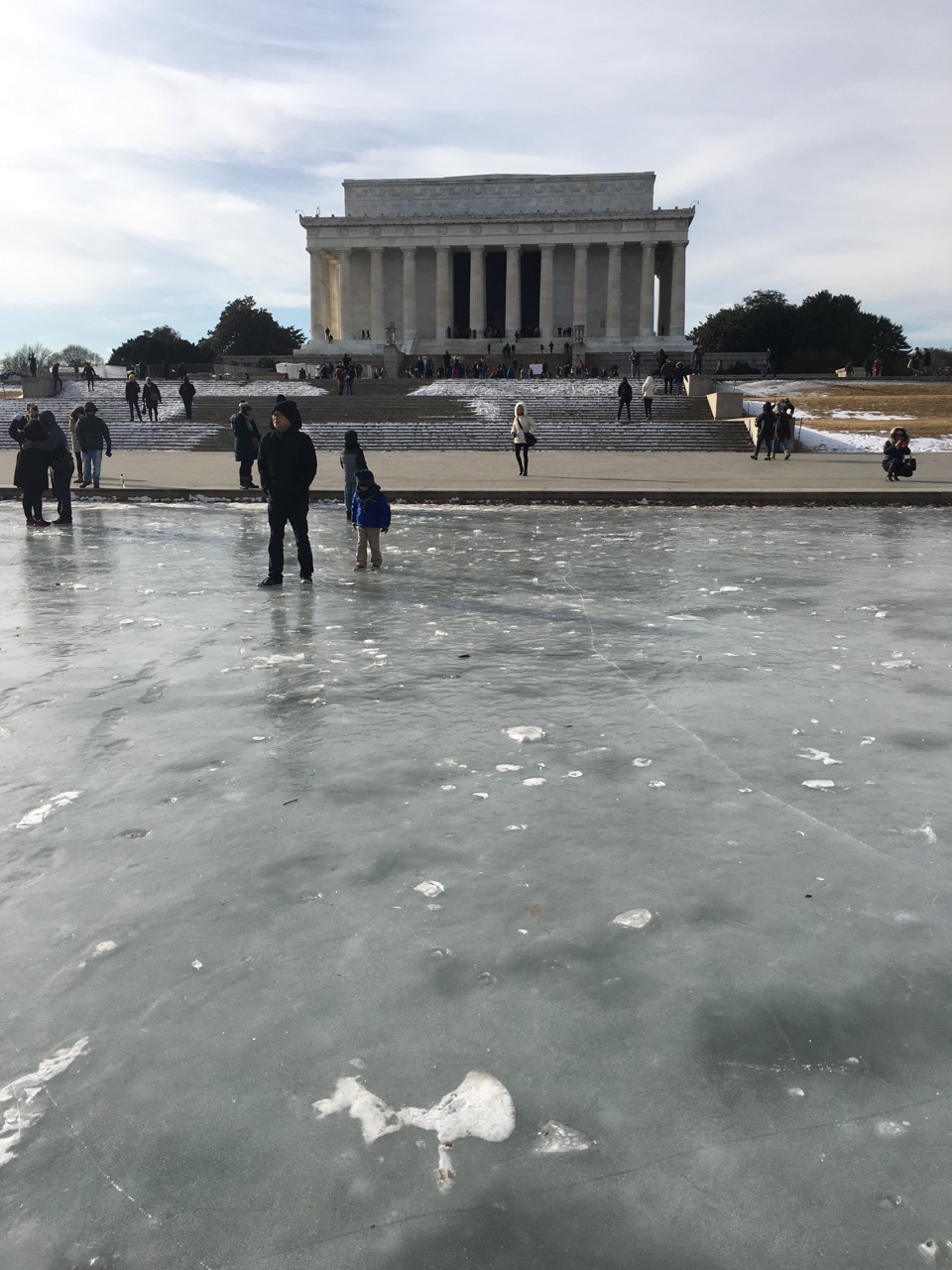The Nov 5th episode of the Dish City podcast featured Patrice Cleary, owner of Purple Patch, an American Filipino restaurant in Mount Pleasant. In the episode, Cleary talks about the struggle of keeping a restaurant open during the pandemic: investing her own savings, applying for government grants, constantly pivoting as regulations and the weather change.
Purple Patch opened about three months before we moved to DC. When we moved from Boston, Gabe said he wanted to find a Cheers*. Over time, Purple Patch became that. It had a happy hour that went til 8 p.m., an hour later than many places. The bartenders had Star Trek, The Next Generation on one of the TVs. We had phases where we went every Friday night, sitting at the downstairs bar, splitting wings and a sizzling sisig. We celebrated birthdays, anniversaries, and new jobs at Purple Patch. We’ve taken our parents, cousins, second cousins, co-workers, and high school friends there. If you’ve visited us in D.C., you’ve probably been to Purple Patch. We knew the bartenders’ names, and at least some of them knew our faces.
Purple Patch was the last restaurant we went to before everything shut down, one week before my last day in the office. Two or three weeks later, we got our first pandemic takeout from Purple Patch. I picked up our order and left impressed with their new set-up: hand sanitizer, clean pens for each receipt signature, and the Purple Patch pantry, where neighborhood kids can get free lunch and neighborhood adults can buy wine, liquor, pastries, and snacks (love you, shrimp chips). Seeing familiar faces after two weeks of avoiding people assured me.
We plated our food at home, wiped down various boxes, washed our hands. When I bit into my sisig burrito, I got all teary-eyed. “I don’t want to eat this at home. I want to be at the bar at Patch!”
Yes, we call it “Patch.” Yes, a burrito made me cry. Pandemic stress is real.
At the top of the Things I Miss from the Before Times List are feeding people in our home, going to museums, and sitting at the Purple Patch bar. In addition to providing almost a second home, Purple Patch has taught me more about Filipino food and culture. My Filipino great-grandfather, Generoso, was born in Dagupan and joined the Navy in 1909. He and my New Orleanian great-grandmother eventually moved to Norfolk, Virginia, where, for a time, Generoso ran his own diner, the Manila Cafe.
Genereso died years before I showed up. My dad’s cousin has been my main source for learning about him and what it was like for my grandmother and her siblings to grow up half Filipino in Virginia. The food I most associate with that side of the family is blue crab; Grandma and Aunt Marjorie and their three brothers loved crabbing, cooking crab, picking, and eating it. I can’t remember any Filipino dishes growing up, but that was the catering served at my grandmother’s funeral. Eating lumpia and pancit in the Methodist church basement inspired me to Google pancit recipes. Four years later, I have yet to make it. Why, when I can get it at Purple Patch? Eating pancit bihon or their ginataang alimasag gives me a sense of connection to my relatives, tenuous and imagined as it may be.
My pandemic anxieties mean no sit-down, table-service dining anywhere. We’re still eating our sisig burritos at home. Hearing Cleary on Dish City, learning they’re constantly struggling and worried about winter, reinforced my dedication to supporting them with my dollars. Comedian Laurie Kilmartin, on her podcast the Jackie & Laurie Show, mentioned finding three restaurants to support and rotating them. We haven’t fully committed to this idea, but Purple Patch would obviously be one of my three. Who would be in yours? What are you missing most these days?
A couple days ago, I pulled out “Favorite Recipes of Siapno Family and Associates,” a photocopied and stapled cookbook assembled by one of my relatives. In among meatloaf, beans, and stews, is a recipe for “Bean Thread.” A parenthetical subtitle lists this as “Sotanghon cellophane noodles” and “long rice.” The cookbook editor attributes it to my great-grandmother. I think I have to make it. Sotanghon isn’t on the Purple Patch menu.
*The Boston Cheers was not our Cheers, though we did go with visitors.
(I recognize that the disposable income to spend on take-out and worrying about what restaurants you’re going to support are privileges. Financial assistance to keep small businesses open should come from the government; as individuals, it is not our responsibility to save local restaurants. All that said, since that’s the position we’ve been placed in, some of my disposable income goes to trying to keep my favorite local restaurant open.)

















